Tunisia is a country in North Africa, bordered by Libya and Algeria. To the north and east, it is washed by the Mediterranean Sea, while its southern part is covered by the Sahara Desert. With a population of 12 million, it is one of the Maghreb countries, forming part of the western Arab world. A country with Berber, Roman, Arab, Ottoman, and French influences, Tunisia can captivate all travelers. Although less touristically popular compared to neighboring countries like Egypt or Morocco, Tunisia is a country worth visiting. Its variety of landscapes—from mountains and desert to sea—its excellent cuisine, historical monuments, and beautiful cities with bustling medinas are just some of the reasons we loved Tunisia. We spent 4 days there (October 2023), and we present what you can do if you’re visiting Tunisia for the first time and have limited time available.
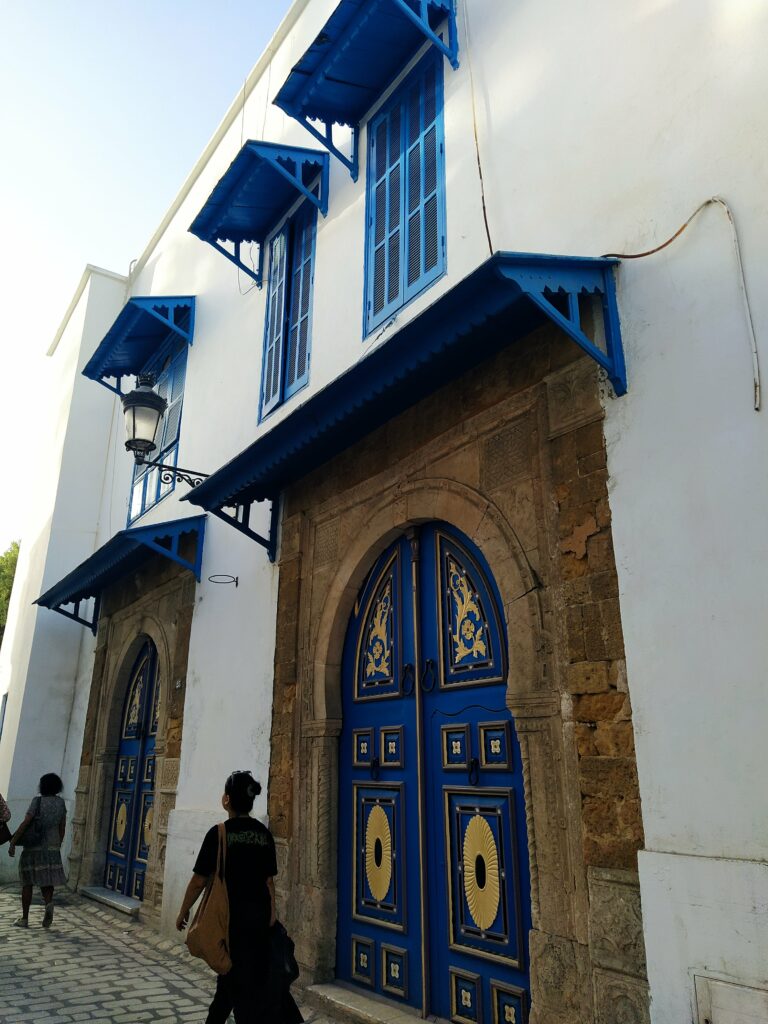
General information
Best time to visit: From October to April. Temperatures are very high during the summer months.
Currency: Tunisian Dinar. 1 Euro equals 3.3 dinars (exchange rate February 2025).
Language: Arabic, but the majority of people speak French, and many speak English.
Driving: Driving is on the right side.
Tunisia is generally a safe country, especially near tourist attractions.
What you will need
Passport with at least 3 months of validity. No visa is required for stays up to 3 months.
Health insurance
No vaccinations are required. Bring pain relievers, medication for stomach issues, and hand sanitizer.
Credit card (required for car rental) or debit card and cash. Avoid exchanging money at banks.
An international driving permit is not required. With a national driving license in Latin characters, you can rent a car.
Hat, sunglasses, and sunscreen.
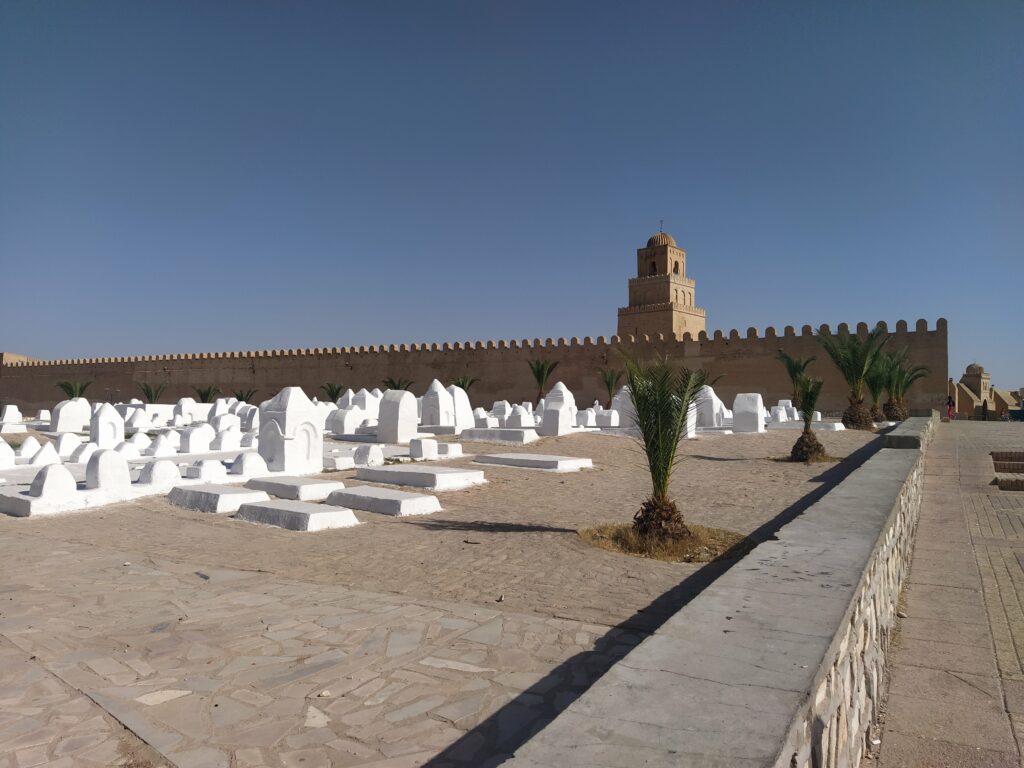
How to get there
To get to Tunisia, there are direct flights from many European cities to Tunis-Carthage International Airport. From Paris, there are almost daily flights with Tunisair, with prices ranging from 100 to 150 euros for a round trip, and each flight lasts a bit more than 2 hours.
How to get around
To enjoy Tunisia at your own pace, renting a car is essential. Car rental can easily be done through websites like Booking.com. Prices for 4 days start at around 100 euros. Gasoline costs only 0.80 euros per liter (February 2025). The road network is in good condition. Driving is on the right side, and except for some big cities with traffic, you won’t face major issues. There are tolls, but rarely will you pay more than 1 euro.
Pay attention to parking!!! In general, you can park for free almost everywhere in Tunisia. However, be particularly cautious near historical monuments or city centers, where parking is strictly controlled and limited. Always look for signs or markings on the ground to indicate whether parking is allowed. The fine is low (5-10 euros), but local authorities may block a wheel, and you might need to contact them to continue your journey. We are sharing this advice from personal experience.
If you have doubts about renting a car, buses or trains are good alternative options in Tunisia. You can find schedules for all major cities and tourist attractions at affordable prices. Also, public transport in the capital, Tunis, is quite good.
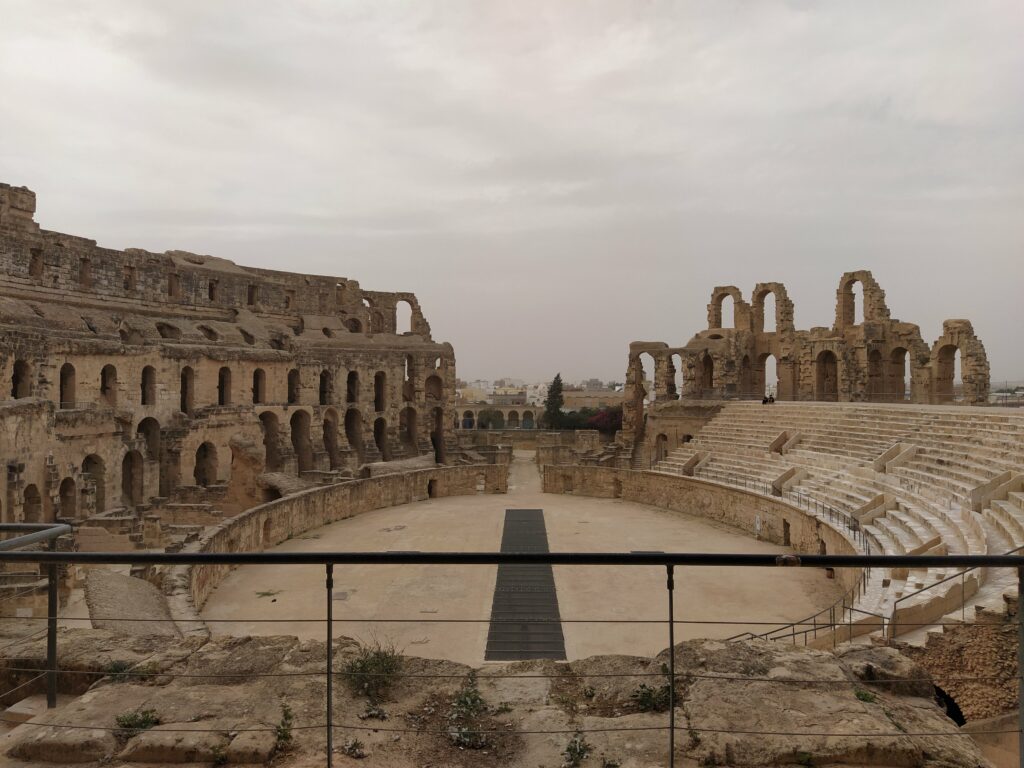
What to do in 4 days in Tunisia
Tunisia has an area of 160,000 square kilometers. So, if you have 4 days at your disposal, it’s a good idea to plan in advance which part of the country you’d like to visit. We decided to mainly explore the eastern part, where Tunis, the capital of the country, is located, along with many beautiful coastal cities and historical monuments. Below, we present an example of a 4-day road trip, during which you’ll get to admire 5 of the 9 UNESCO World Heritage sites in Tunisia.
First day
Dedicate at least one day to Tunis and walk as much as you can. The central part of the city is essentially divided into two parts. A key landmark is Bab El Bhar, a stone gate built by the French in the 19th century to separate the historic part of Tunis (Medina) from the new European section.
The stunning Medina of Tunis, with its souks (market) and narrow picturesque streets filled with shops and restaurants, is the historic center of the city and a UNESCO World Heritage site since 1979. Get lost in its alleys, try various local appetizers, and buy local products like jasmine perfume. Main attractions in the Medina include the Great El-Zitouna mosque, which also serves as an Islamic university with free entry, the Kasbah mosque located in the grand square of the same name, the royal mausoleum, and the beautiful streets of Dar El Jeld, Pacha, and Sidi Brahim.
As for the modern part of the city, it is defined by the large Habib Bourguiba Avenue, which starts from Bab El Bhar and reaches the grand clock. All of Tunis’s nightlife is concentrated here, with many shops, cafés, and restaurants. Major attractions include the Catholic Cathedral and the Opera House.
Don’t miss a visit to the Bardo National Museum, 5 kilometers from Bab El Bhar. Here you can see historical relics from the ancient city of Carthage and unique Roman mosaics displayed in grand and beautifully decorated halls.
Opening Hours: Daily except Monday, from 9:30 AM to 4:30 PM in winter and from 9:00 AM to 5:00 PM in summer.
Ticket: 4 euros
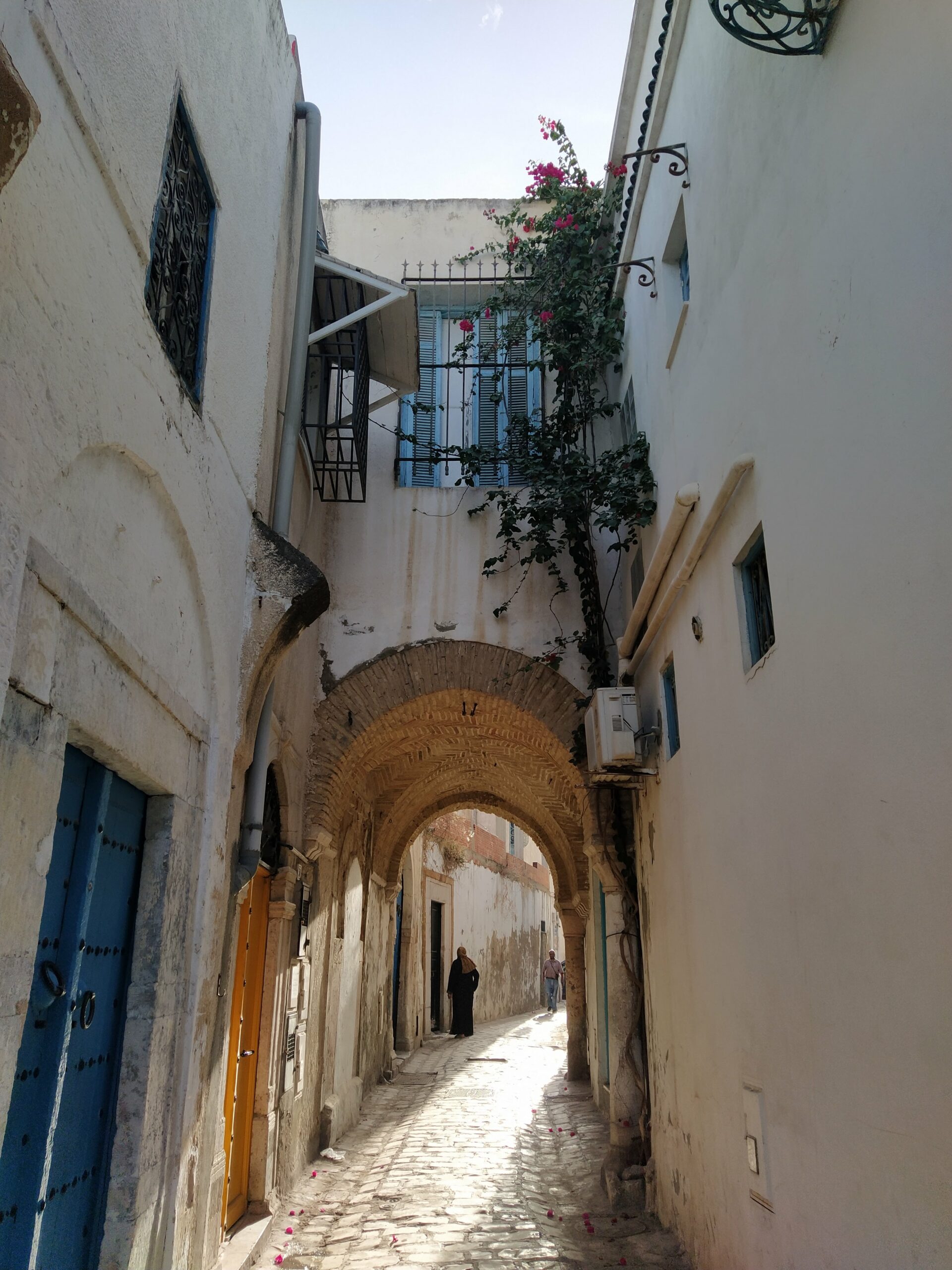
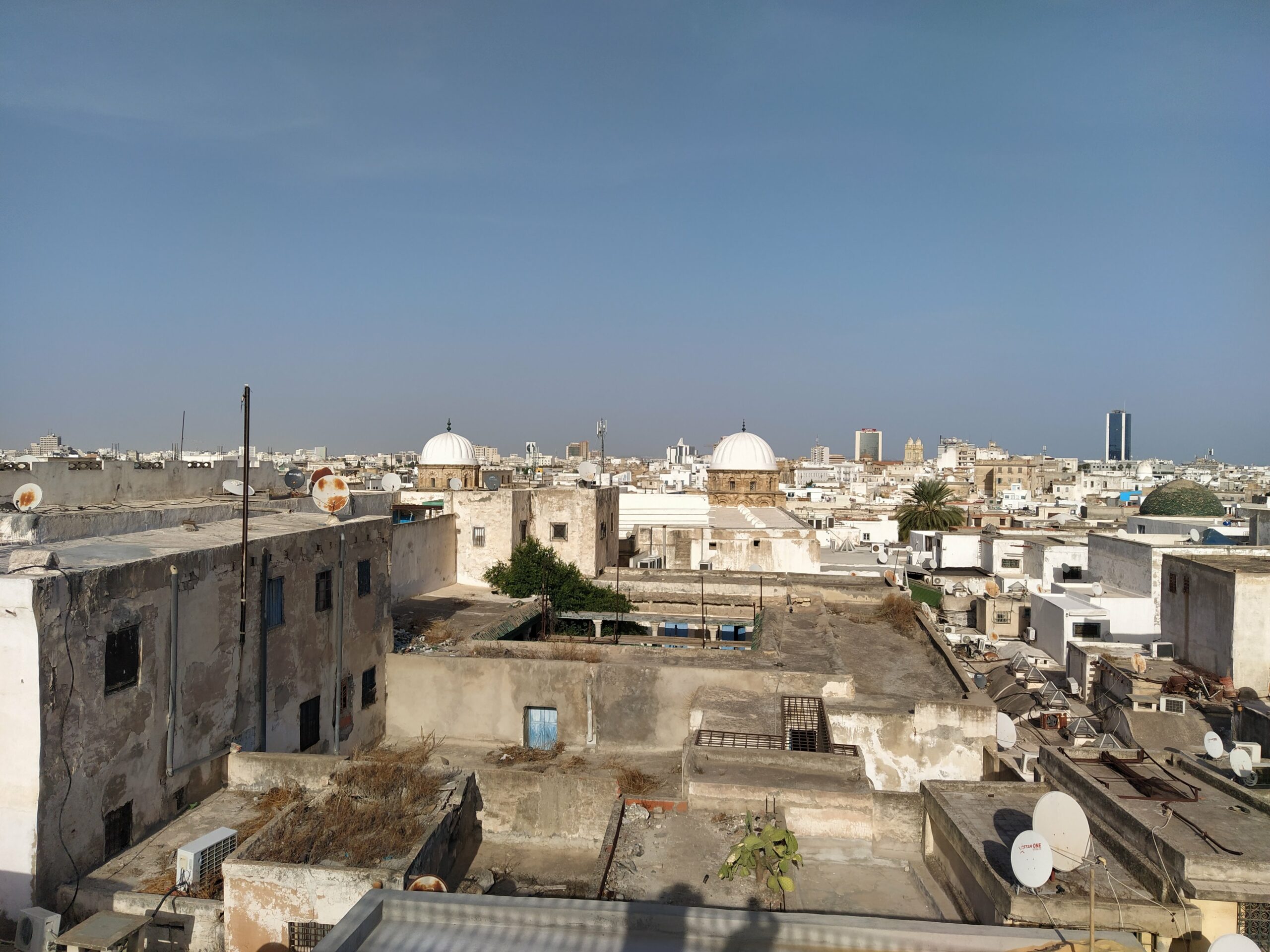
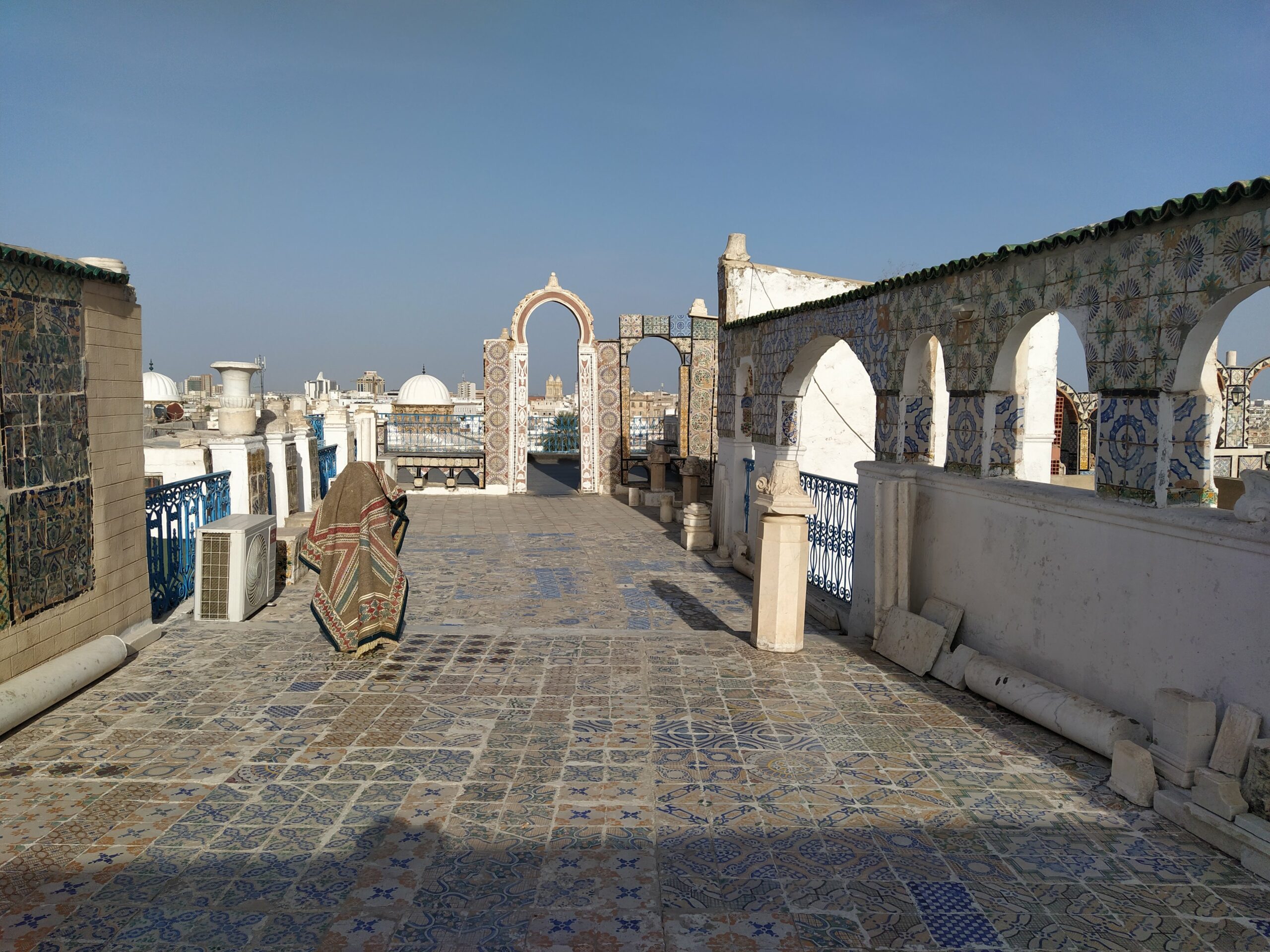
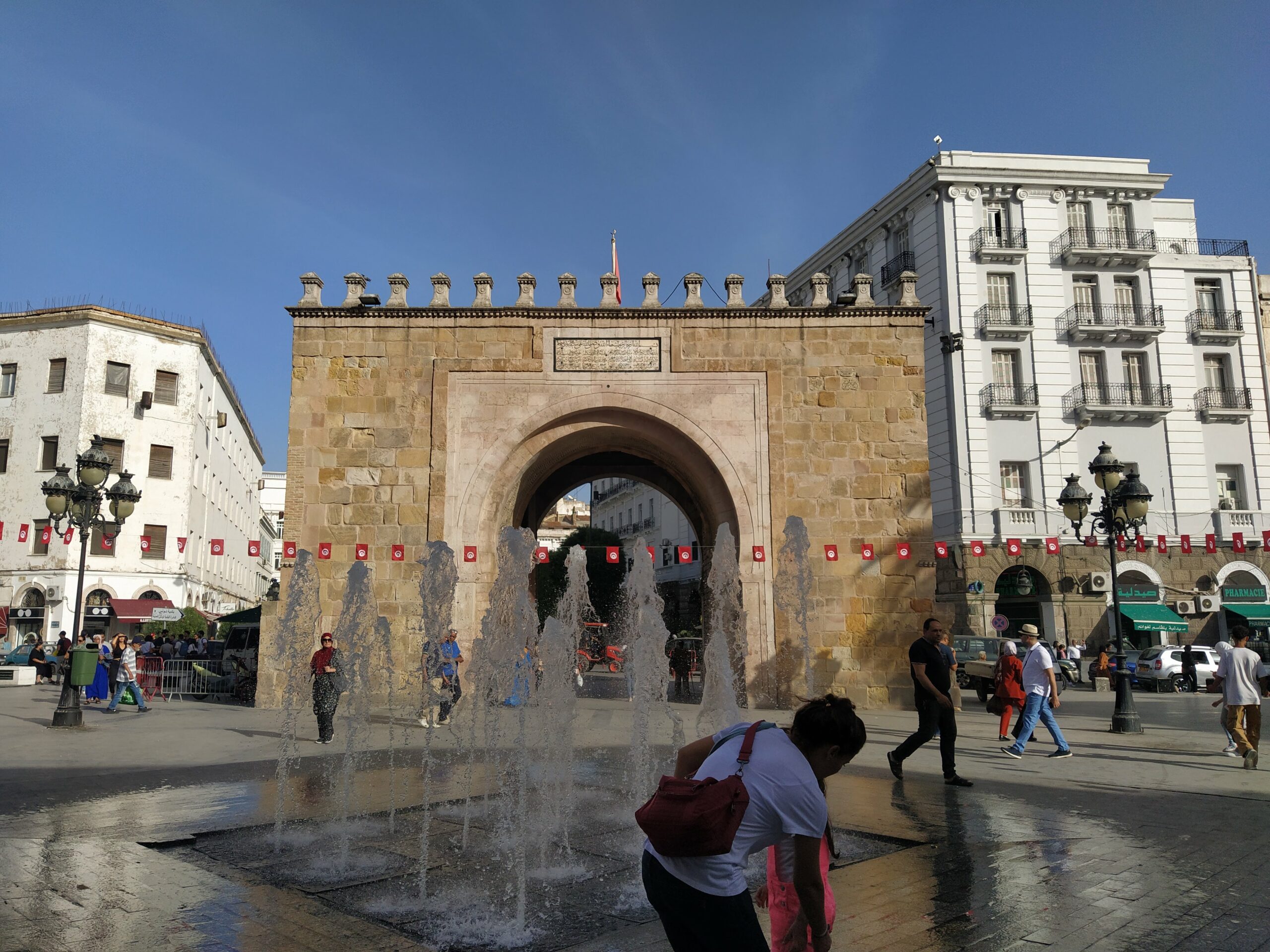
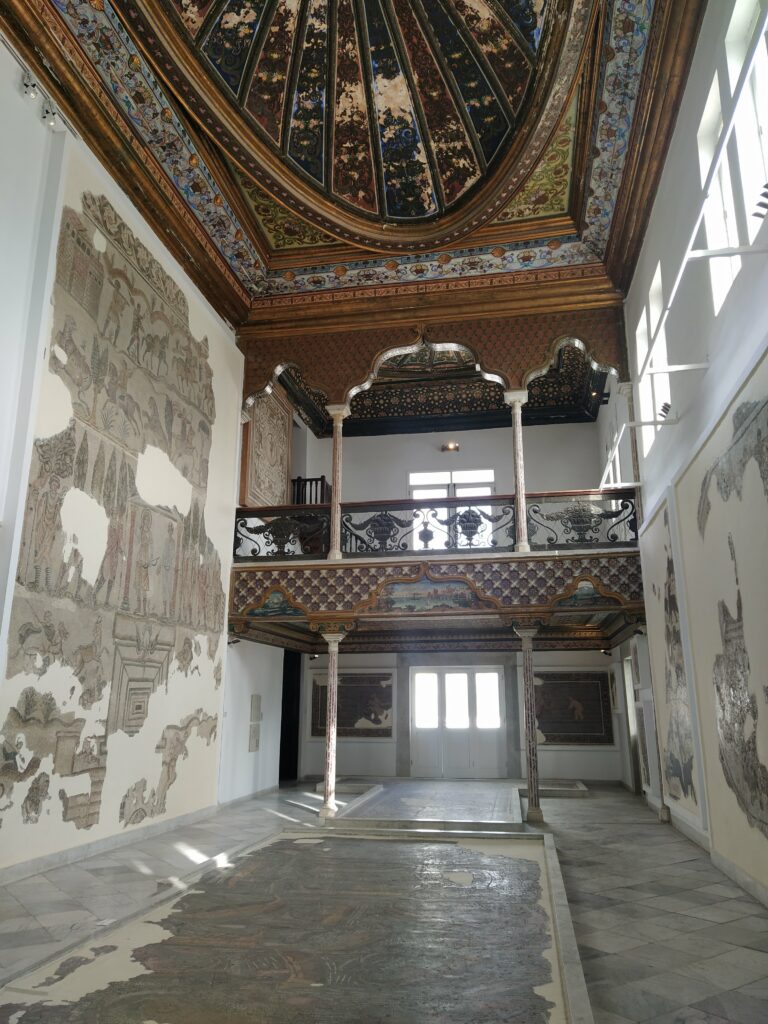
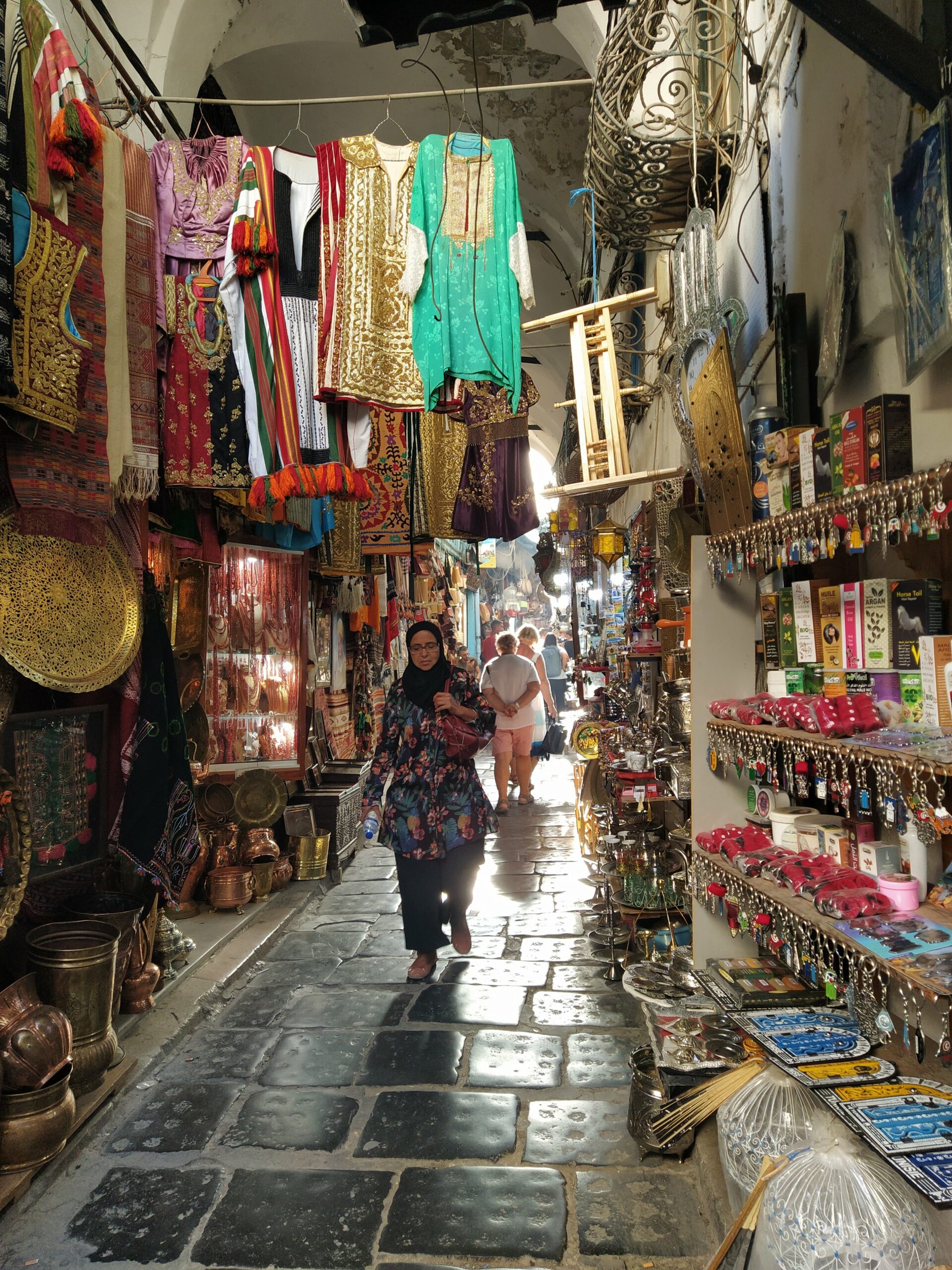
Attention in all medinas in Tunisia!!! Some people may offer to give you a tour or assist you, claiming that it’s free. In most cases, in the end, they will ask for money. So either politely decline their offers or take a tour with them and give them a small tip.
Second Day
The second day can be dedicated to exploring Tunis and its surroundings, particularly the Ancient City of Carthage and the town of Sidi Bou Said. Carthage is located 15 kilometers east of Tunis and is a UNESCO World Heritage site. It was founded by the Phoenicians in the 9th century BC and became one of the largest metropolises of the ancient world. With a combined ticket costing 12 dinars (3.60 euros), you can visit the ruins that remain from the city, primarily from the Roman era.
Next to the archaeological site is the most beautiful town in Tunisia, Sidi Bou Said. Built on a hill with views of the Mediterranean Sea, this town with its white houses and blue windows, reminiscent of a Greek island, will amaze you. Enjoy the view, and the charming alleyways, and try a traditional Tunisian doughnut with sugar for just a few cents.
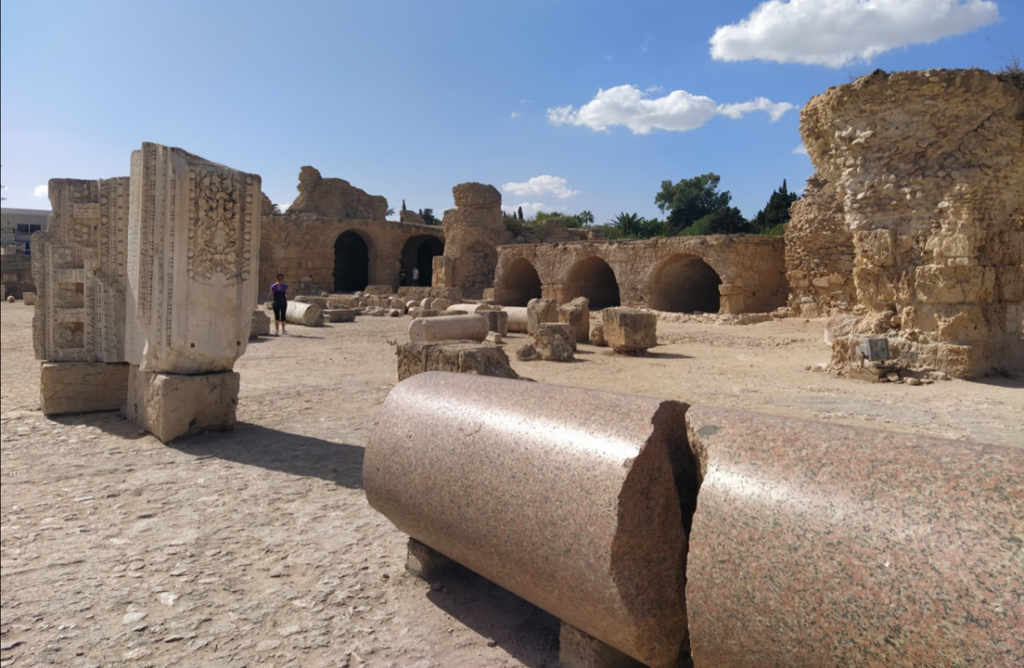
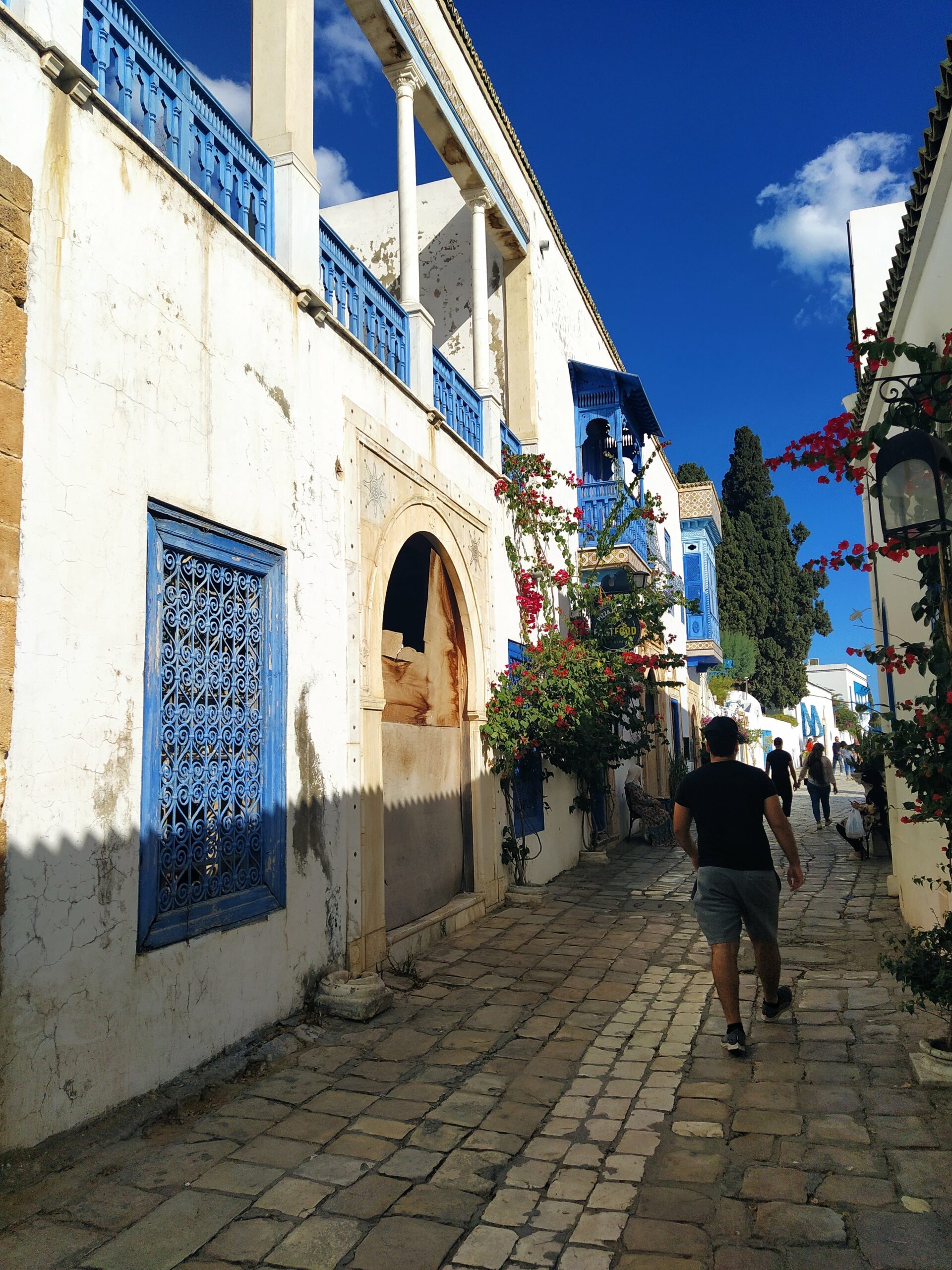
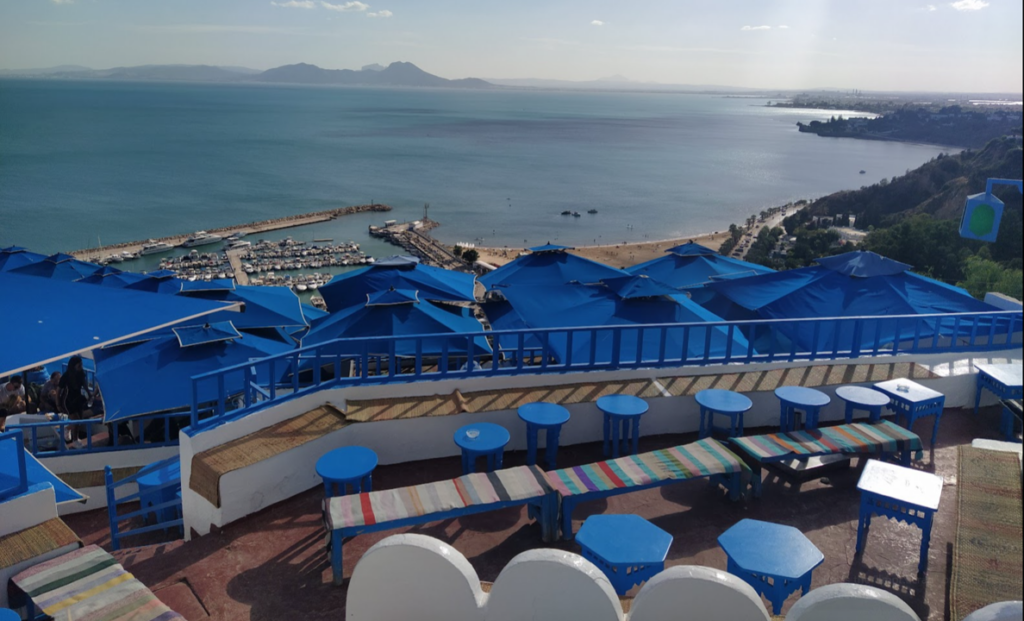
Third day
The day can begin with a visit to the coastal town of Hammamet, located 65 kilometers from Tunis (about 1 hour by car). The town is very picturesque, with narrow streets and plenty of places to enjoy coffee or traditional Tunisian tea, as well as restaurants. It’s worth spending some time in this charming town.
The next stop is the holy city of Kairouan, about 110 kilometers from Hammamet (1.5 hours by car), a UNESCO World Heritage site. Kairouan is considered one of the most sacred cities in the Muslim world, with many mosques, including the Great Mosque and the Mosque with the 3 doors. There is also the Bir Barrouta monument, an ancient water reservoir operated with the help of a camel. The medina of the city is ideal for walking, and you can find restaurants serving traditional Tunisian food.
The final stop is the coastal city of Sfax, the second-largest city in Tunisia, about 140 kilometers south of Kairouan (2 hours by car). While it’s not the most beautiful city in the country, it’s worth taking a stroll through the old town, which is surrounded by walls.
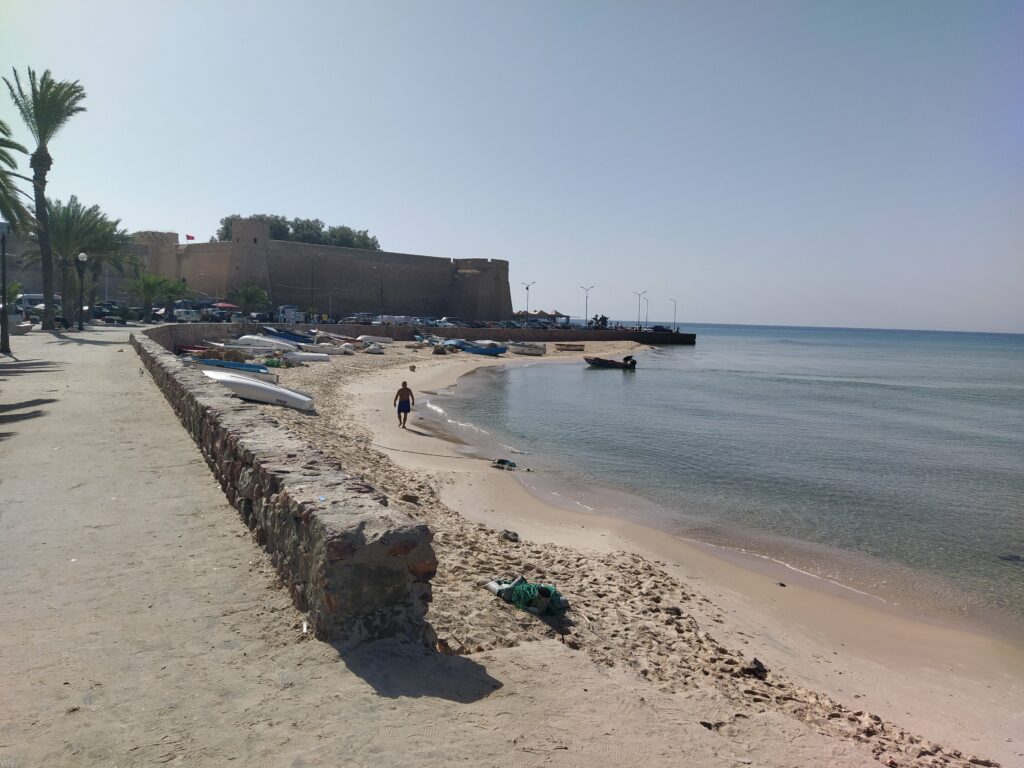
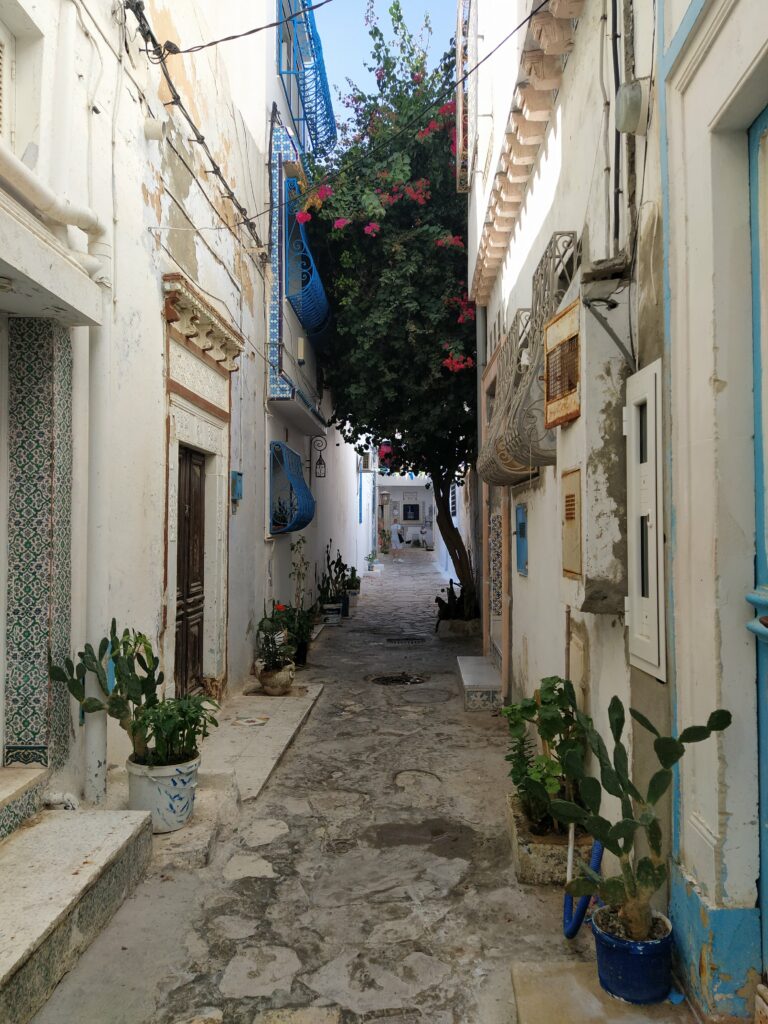
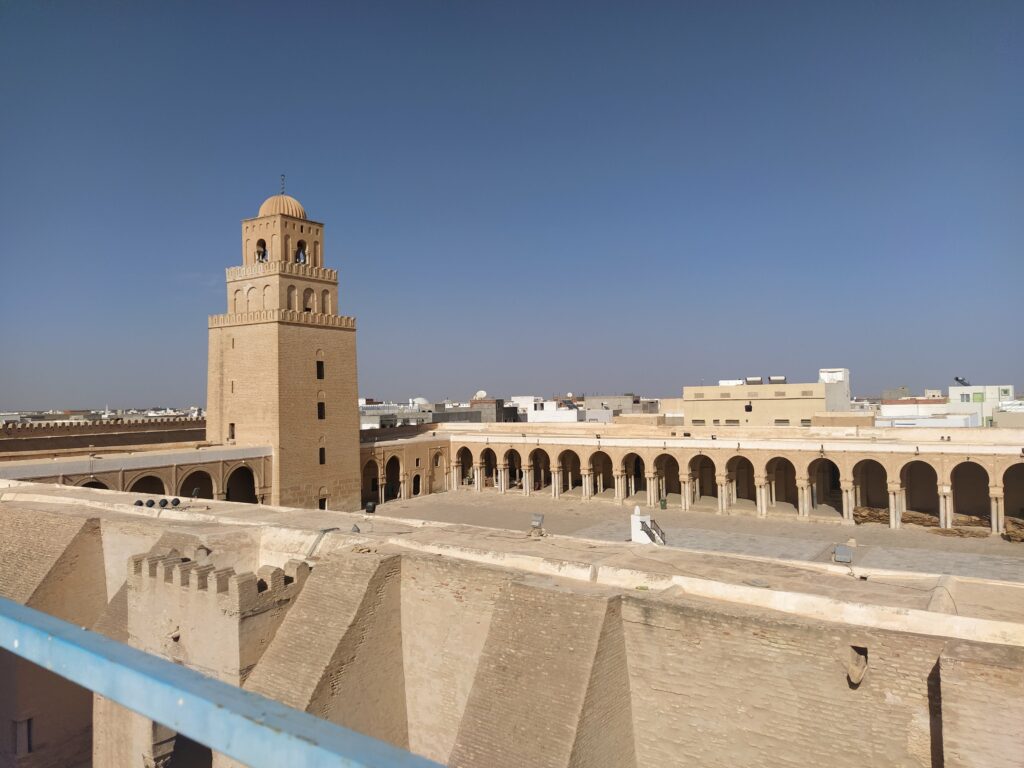
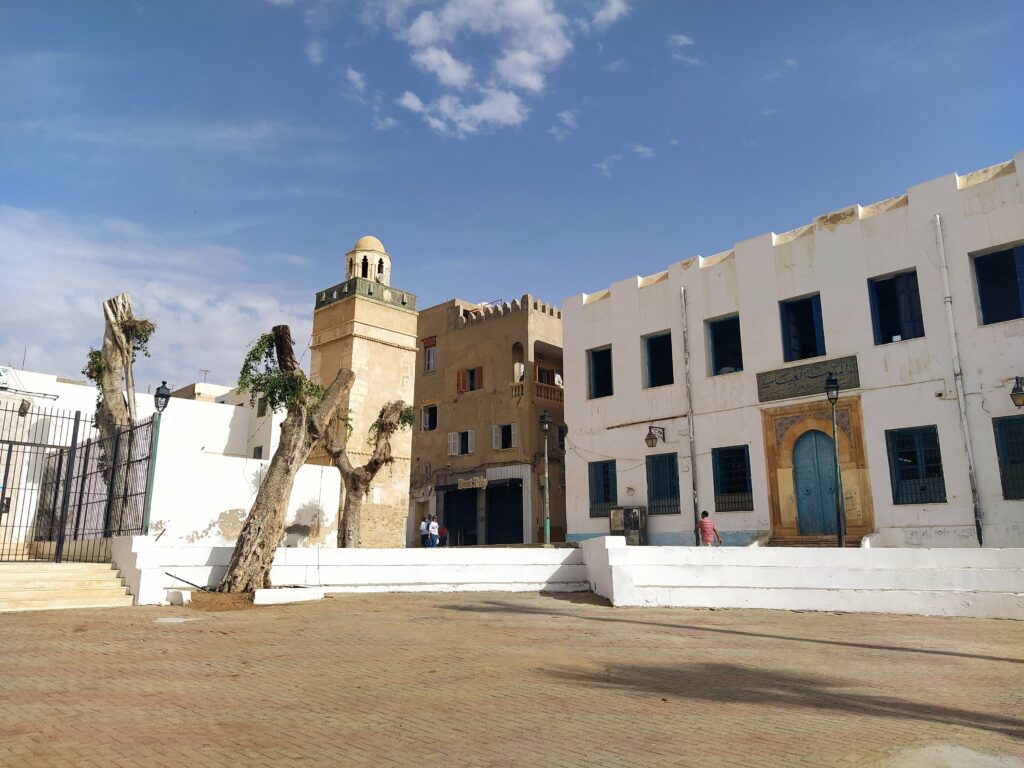
Fourth day
80 kilometers north of Sfax (about 1 hour by car) lies the city of El Jem, home to the unique Roman amphitheater, built in the 3rd century AD and a UNESCO World Heritage site. It is one of the largest Roman amphitheaters in the world and a must-see attraction in Tunisia.
Operating Hours: Daily, from 8:00 AM to 5:30 PM during the winter months and from 7:30 AM to 7:00 PM in the summer months.
Admission: 3 euros for adults, free for children.
The day continues with a visit to the coastal city of Monastir, located 70 kilometers north of El Jem (1 hour by car). Key attractions include the harbor and the Ribat fortress. Unfortunately, the city was a bit disappointing, possibly due to fog. However, if we return to Tunisia, we will definitely give it another chance.
The final stop is the coastal city of Sousse, one of the most beautiful cities in Tunisia and a UNESCO World Heritage site, located 20 kilometers north of Monastir. The harbor, city walls with the Ribat fortress, and the medina with its countless shops are just a few reasons to spend a night in the beautiful Sousse.
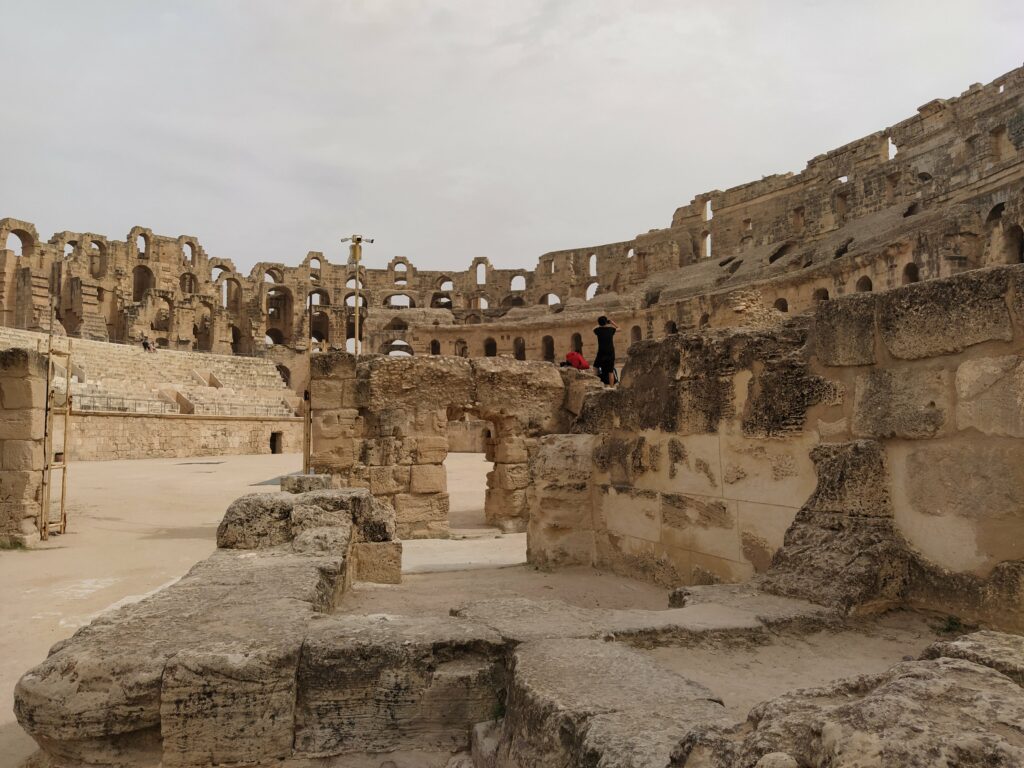
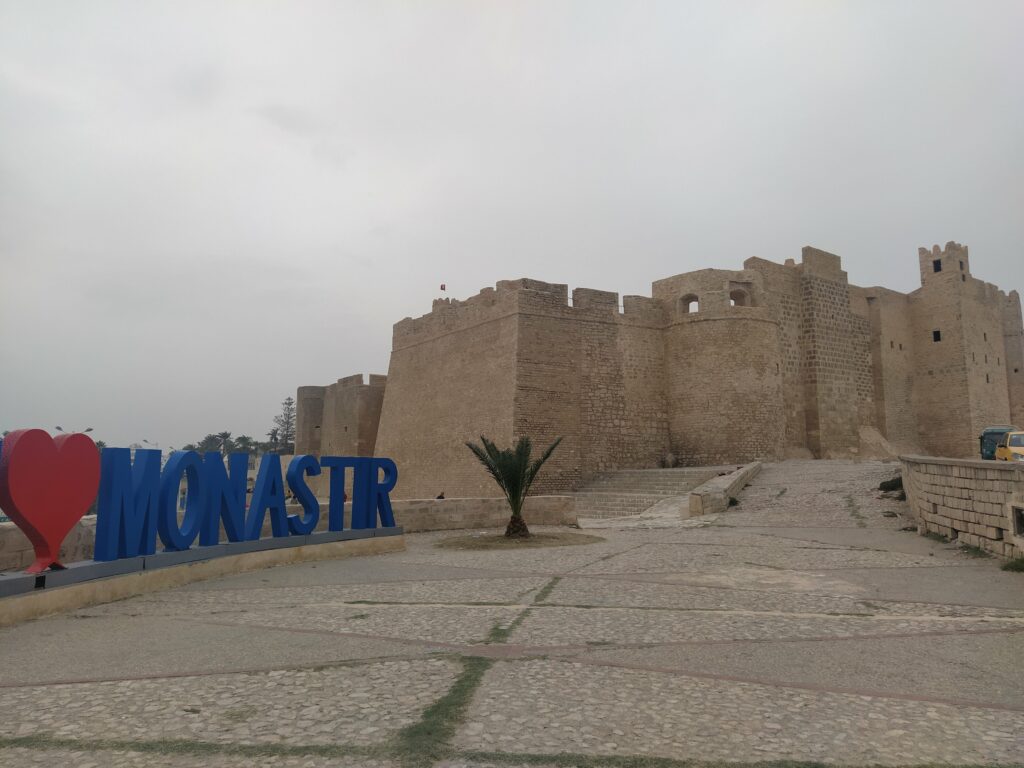
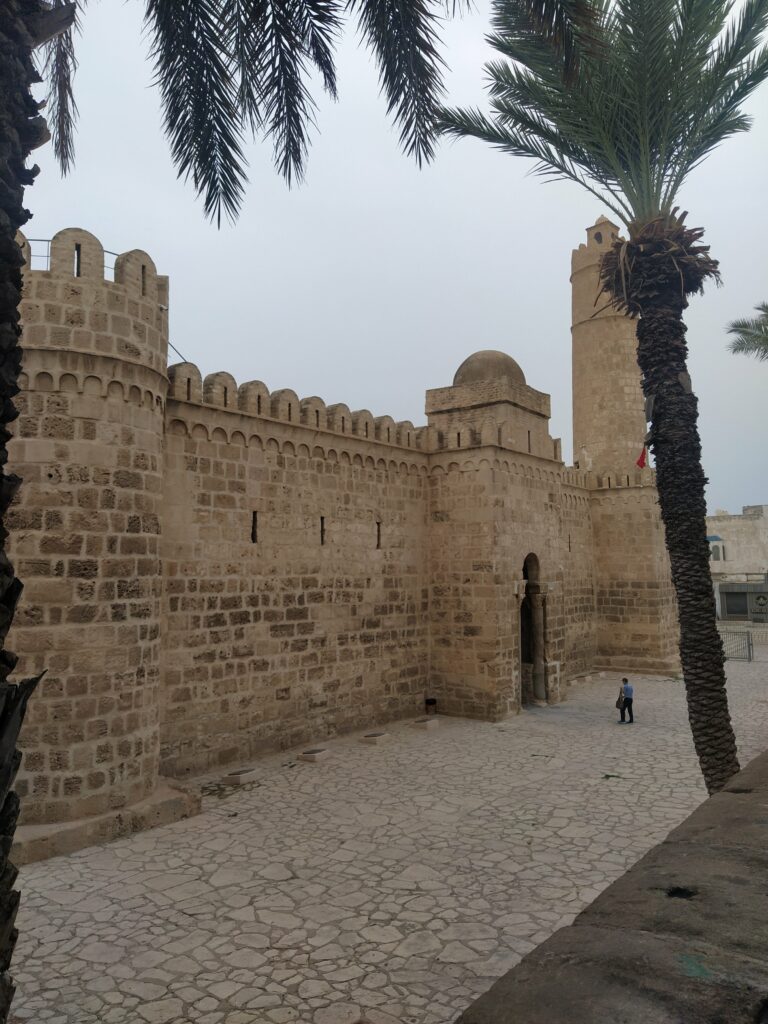
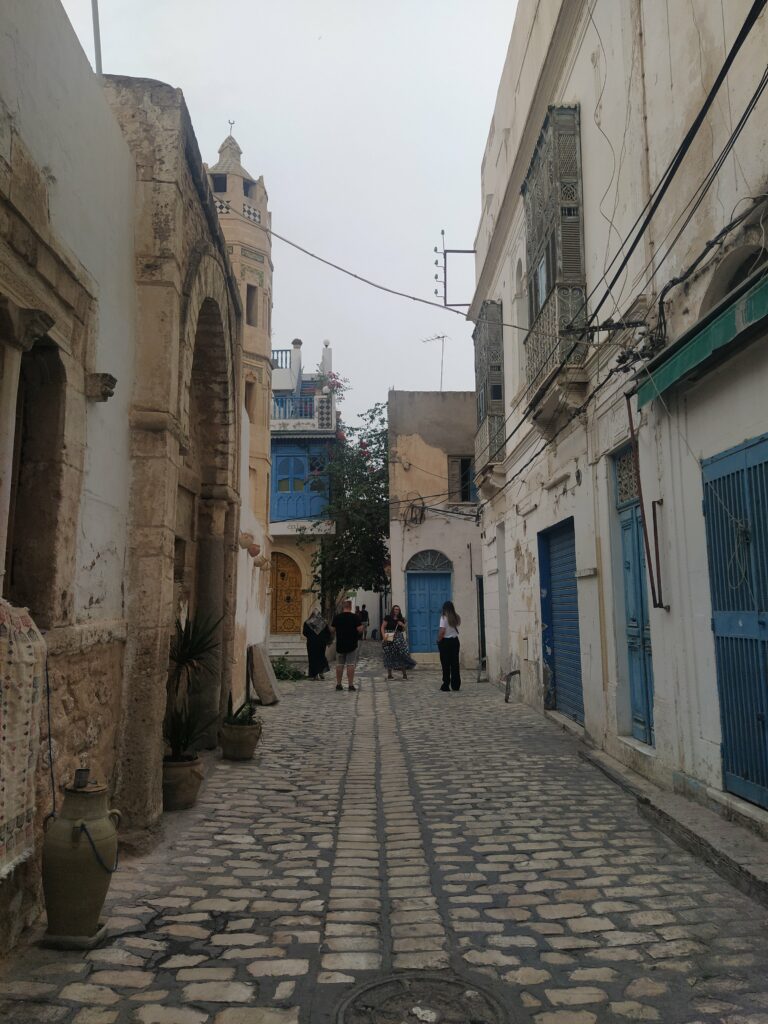
Where to stay
Ideal places to stay in Tunisia are either in the medinas to be close to all the sights or in the more modern areas around them. The prices are excellent, so you can find luxury accommodations at affordable rates.
Hotel Royal Victoria: A 4-star hotel at the entrance of the Medina of Tunis. All rooms are spacious with traditional decor. Prices start at 60 euros for a double room.
Palais Bayram: In the heart of the Medina of Tunis, this is a 5-star hotel with traditional Tunisian decor, large rooms, a hammam, and breakfast. Prices start at 80 euros for a double room.
Radisson Hotel: A 5-star hotel located near the Medina of Sfax. The rooms are large and modern, with a rooftop pool and a restaurant on the ground floor offering traditional Tunisian dishes and live music in the evening. Prices for a double room start at 100 euros.
Dar Lekbira: In the heart of the Medina of Sousse, this luxury accommodation features a garden, beautiful rooms, excellent breakfast, and very friendly staff. Prices for a double room start at 70 euros.
What to eat
Tunisian cuisine combines elements of Arabic, Turkish, and Mediterranean gastronomy. The most common ingredients used are olive oil, meat (mainly lamb and chicken), seafood, vegetables, legumes, and spices. The most characteristic dish of Tunisian cuisine is Couscous. It is typically served with meat, vegetables, and spices. Additionally, harissa, a spicy sauce made from red peppers, garlic, spices, and olive oil, is widely used. Tunisian cuisine is full of strong aromas and spicy flavors. The food in Tunisia is excellent, and the prices are low, as you can eat at a good Tunisian restaurant for 5-10 euros. If you’re in Sousse, try the restaurant du peuple for delicious Tunisian recipes.
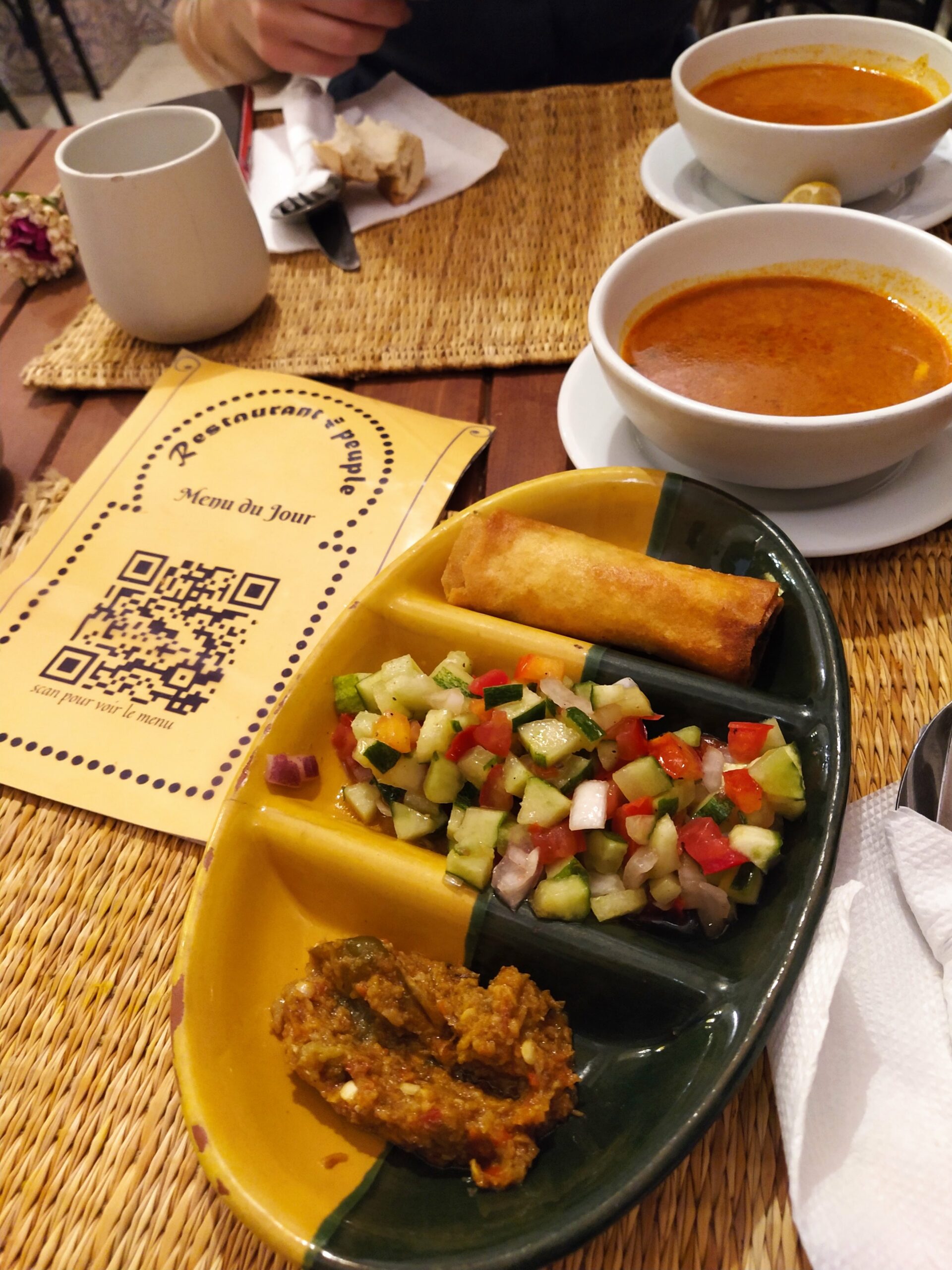
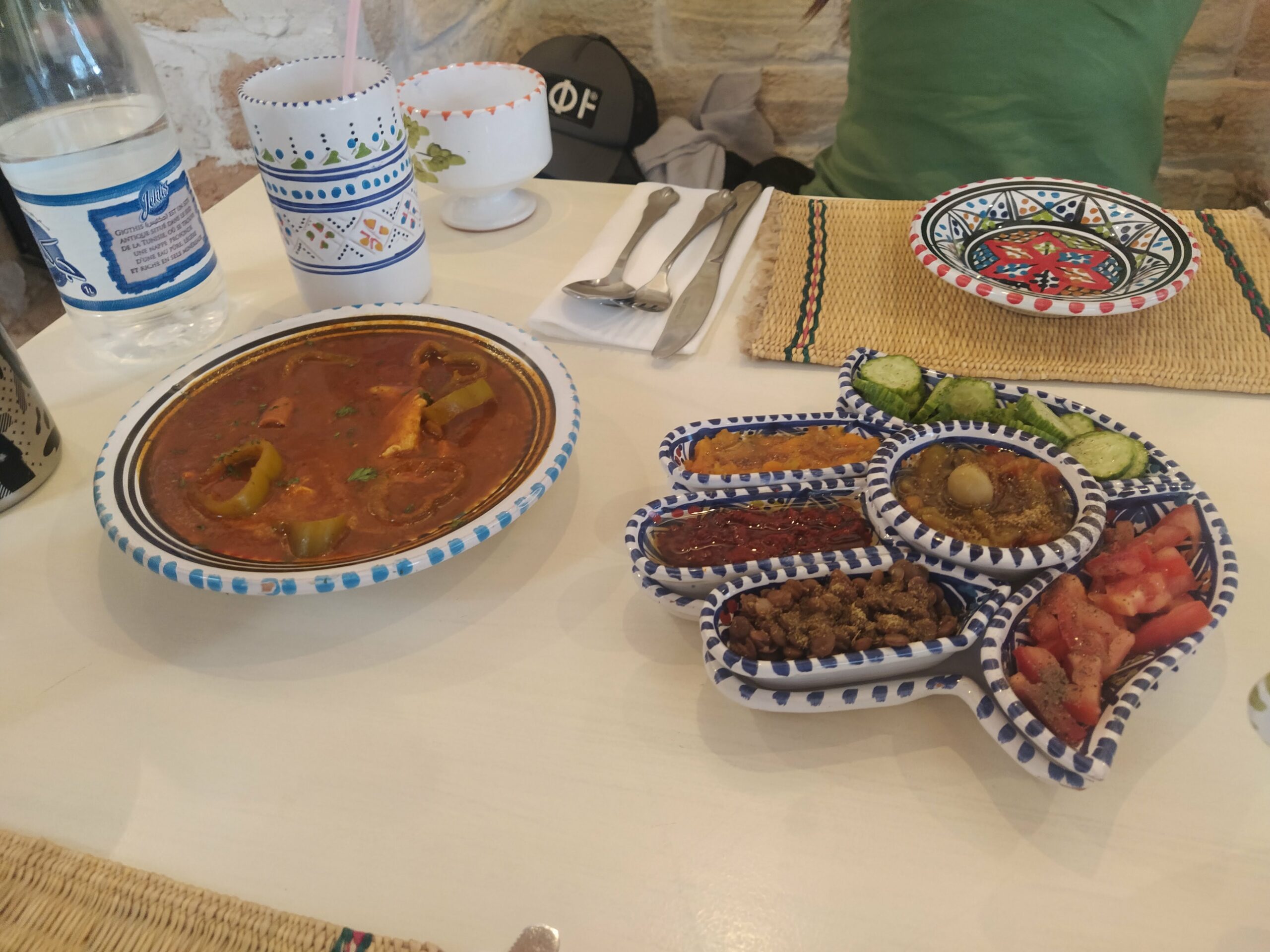
What we loved in Tunisia
The Mediterranean beauty of Sidi Bou Said
The beautiful and vibrant medinas
The El Jem amphitheater and the great mosque of Kairouan
The very good prices for food, accommodation, fuel, tolls, and entrance fees to museums and historical sites
What we didn’t like
The atmosphere of the city of Monastir
The persistence of some locals for a “free” tour in Tunis and Kairouan